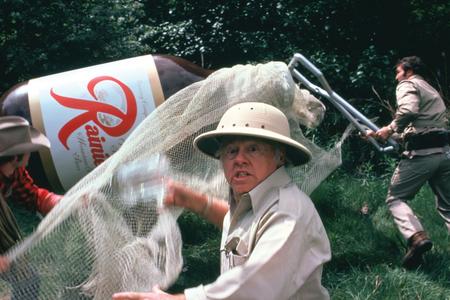In Eastern Washington, where a number of wildfires are burning, unhealthy air was expected to continue through Wednesday, though conditions were projected to slowly improve according to the U.S. Interagency Wildland Fire Air Quality Response Program. Western Washington was not exempt from smoke from Pacific Northwest wildfires, as weekend air quality degraded to unhealthy and very unhealthy levels. Winds had cleared that smoke by Monday.
Smoke season could continue as late as October, when seasonal rain is expected to end most fires.
Here’s how to keep track of smoke and air quality in Washington, how to prepare for it and what it means:
What’s the Air Quality Index and how do I track down the forecast?
While the fastest indicator of bad air quality might be through smelling smoke or feeling the irritation in your eyes, nose and throat, the Environmental Protection Agency has a website, AirNow.gov, and a phone app, so you can confirm exactly how bad the air quality is at any time. The site shows the EPA’s Air Quality Index, a measure of whether current air pollution levels are of concern, especially to those with sensitive health issues such as asthma, heart or lung disease or the very old or very young.
The irritating pollutant during smoke events is fine particulate matter known as PM 2.5. These inhalable particles are smaller than 2.5 microns.
Another source of information about air quality is the Washington Smoke Blog, which is run by the state’s departments of Ecology and Health, the U.S. Forest Service and county health departments. It shows current and forecasted air quality throughout the state.
The National Weather Service also includes air quality alerts statewide on its website.
How dangerous is smoke for my health?
The Air Quality Index rates air quality on a scale between 0 and 500, divided into six classifications that correlate intensity of pollution with levels of health concern. The higher the number, the greater the risk. Anything higher than 300 is considered “hazardous” to everyone.
When the AQI is in the lowest two classifications, good and moderate, most people won’t be at risk. The third level – Unhealthy for Sensitive Groups – is when people with health problems such as asthma or heart or lung disease might see negative health effects, such as wheezing, trouble breathing, coughing, irritated eyes and noses or worse. The fourth level – Unhealthy – and higher is when everyone starts feeling negative health effects.
With the sixth level – Hazardous – everyone is advised to avoid all physical outdoor activity, and people with sensitive health issues are advised to stay indoors.
People should consider seeking medical attention if the pollution is causing problems such as shortness of breath and coughing, according to UW Medicine, which provided tips for smoke events.
Long-term exposure to PM 2.5 has caused millions of preventable deaths worldwide, including 50,000 annually in the United States, according to researchers at McGill University in Canada. Most of these deaths occur in areas where air quality standards aren’t enforced or are nonexistent and much of the pollution is caused by traffic or industry, researchers said.
What can I do to manage it?
In the face of a smoke event, state and local agencies recommend that people do the following to protect their health when air quality degrades:
- Stay indoors and limit the intensity of outdoor physical activity. The Puget Sound Clean Air Agency also recommends stocking up on food, medications or other necessities to limit your need to go outside.
- Use an N95 mask or particulate respirator when outdoors. While a KN95 mask isn’t as good as an N95, it will help filter air while outside, according to UW Medicine.
- Filter indoor air through an HVAC system or an air filtration system. There are also ways to create a DIY air purifier with a box fan and a furnace air filter. Setting an air conditioner to “recirculate” rather than taking in outdoor air can also help keep indoor air clean.
- Avoid burning candles and fires, which can affect local air quality. Some counties and jurisdictions also issue burn bans, not only due to risk of fire but to avoid worsening air quality.
- Keeping indoor air clean by closing windows and doors – unless high temperatures become a problem.
When smoke and extremely high temperatures coincide, that can be dangerous for people without air conditioners, which not only cool the air but have filtration systems that help keep indoor air cleaner. Seattle has gradually adopted air conditioners, and heat pumps that provide both heating and cooling have become more prevalent throughout the state, but there is still an equity gap between who has access to home air conditioning and who doesn’t.
Several years ago, the city of Seattle piloted four cleaner-air shelters at community centers throughout the city – rooms with air filtration and cooling where residents can get relief from smoke and heat. Rachel Schulkin, spokesperson for Seattle Parks & Recreation, told Crosscut that while those shelters have not yet seen a lot of use when they have been activated, Seattle is including plans to add more of such rooms throughout the city as part of the upgrade and maintenance cycle of its community centers.
The state is also considering adopting new policies to address the increase in poor air quality days. For instance, lawmakers have been considering new regulations to require workplaces to provide increased protections, medical treatment and advice to employees who work outdoors, including those in agriculture, construction or public transportation.



